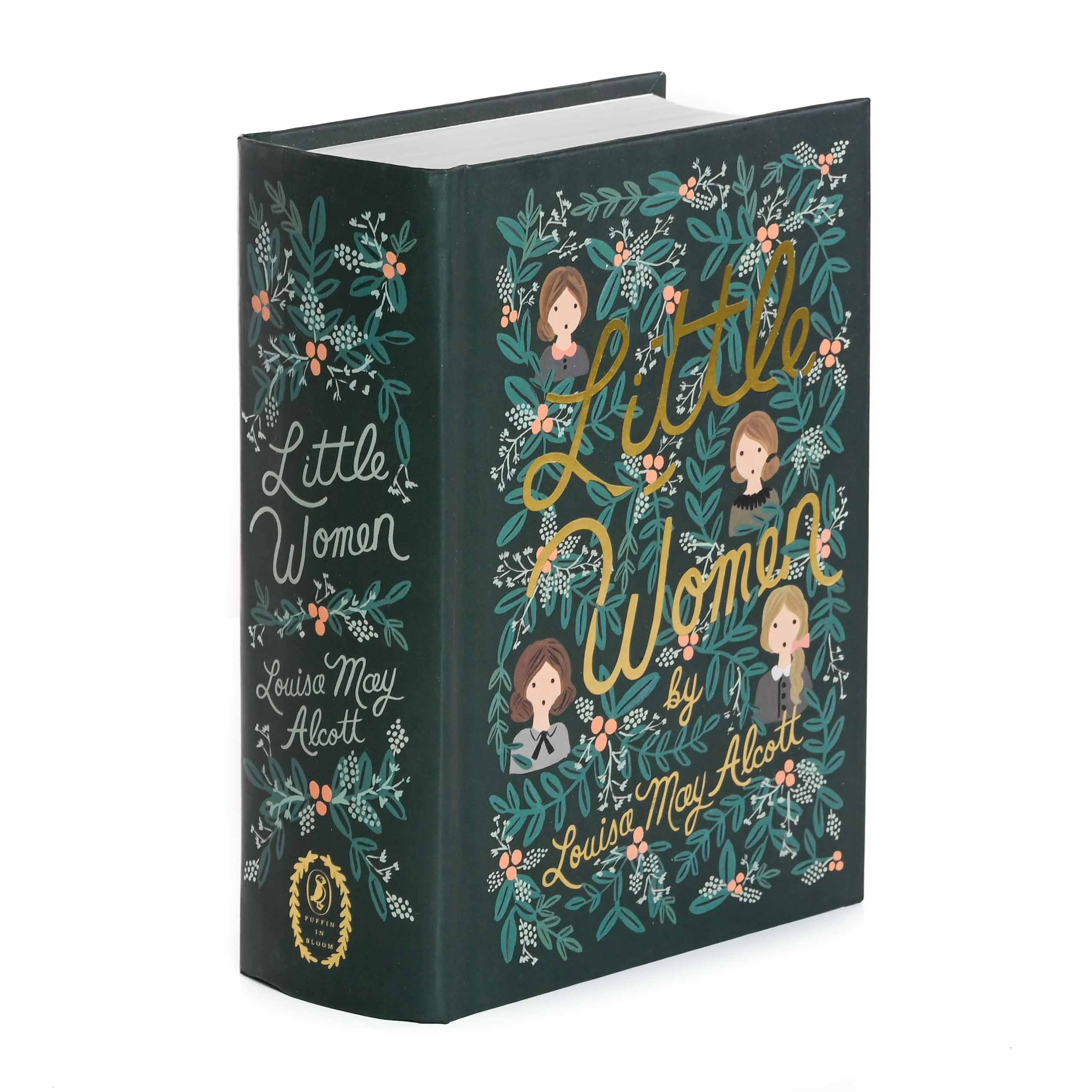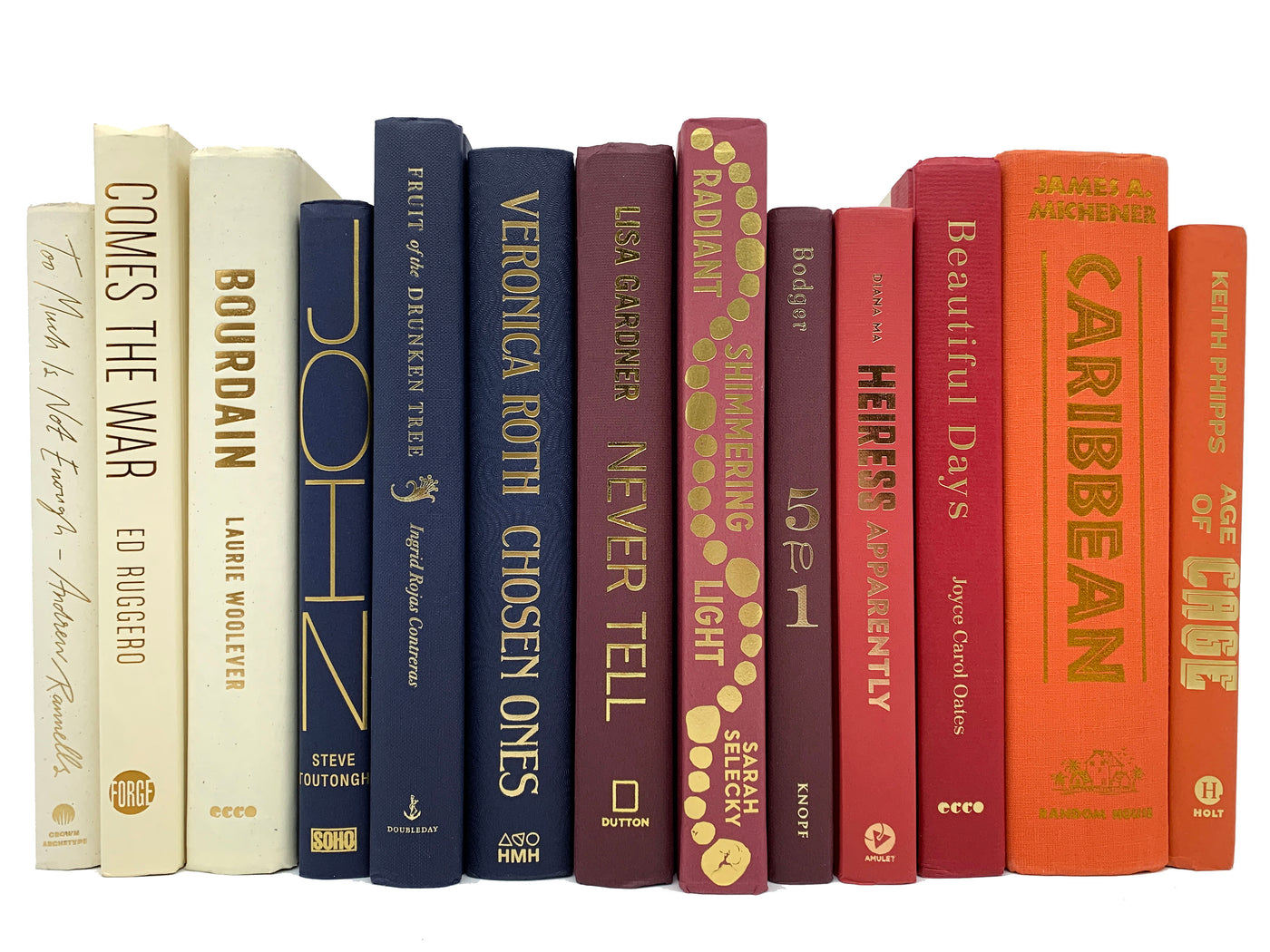Hardcover Books with Beautiful Cover Designs
Hardcover Books with Beautiful Cover Designs
Blog Article
A Comprehensive Guide to the Process of Hardcover Books Printing
When you begin the trip of hardbound publication printing, comprehending the entire process is crucial. From preparing your manuscript to choosing the best products, each step plays a critical role in the final item. You'll require to ponder design components and printing strategies that suit your vision. As you navigate through binding and quality control, you'll discover that every decision influences guide's overall allure. What comes next in this complex procedure?
Comprehending the Hardbound Book Structure
When you check out the world of hardbound books, you'll swiftly see that their structure is deliberate and unique. You'll find a material or natural leather treatment, which not just improves looks but also adds to the book's durability.
The message block itself consists of numerous signatures, or folded sheets, sewn together for stamina. You'll see that the spine is strengthened, enabling a smooth lay-flat analysis experience - hardcover books. In addition, guide's weight typically communicates a feeling of high quality and permanence
Hardbound books usually include a dust coat, which functions as an advertising and marketing device while securing the cover. Comprehending these elements helps you appreciate the craftsmanship behind hardcover publications and their unique appeal in the literary globe.
Manuscript Prep Work and Modifying
Getting your manuscript ready for printing is crucial, and it begins with correct format standards. You'll need to understand the modifying procedure to fine-tune your work and ensure it reverberates with visitors. And also, understanding checking techniques can assist you capture those bothersome mistakes before your book mosts likely to print.

Manuscript Format Standards
Appropriate manuscript format is important for developing a professional-looking hardbound book. Start by picking a standard font style like Times New Roman or Arial in 12-point dimension. Usage double-spacing throughout the record to boost readability. Set your margins to 1 inch on all sides, providing your text room to take a breath. Number your web pages in the leading right edge, and include your chapter titles at the beginning of each new area. Usage clear headings to indicate sections, and stay clear of excessive format like strong or italics unless required. See to it to proofread your manuscript for consistency in vogue, ensuring that every little thing from punctuation to spacing adheres to your chosen guidelines. Complying with these steps will establish a solid structure for your book.
Editing And Enhancing Refine Essentials
Modifying your manuscript is a crucial step that can change it from an outline right into a refined end product. Start by reading through your work critically, concentrating on structure, clarity, and flow. Try to find variances in your story, character advancement, or argumentation. It's practical to take breaks between rounds of modifying to get fresh viewpoints. Don't be reluctant to reduce unnecessary content or rephrase awkward sentences; this will certainly improve readability. Take into consideration seeking responses from trusted peers or professional editors that can supply important insights. Remember, modifying isn't practically repairing errors; it's regarding refining your voice and guaranteeing your message reverberates with visitors. Accept the process, and you'll see your manuscript luster.
Checking Methods Review
Once you've polished your manuscript via editing, the following action is to guarantee it's cost-free of mistakes that might distract visitors. Review your manuscript aloud-- this helps you hear uncomfortable phrasing and spot typos. Take into consideration printing your manuscript; reading on paper can expose mistakes that screens miss out on.
Creating the Book Cover and Inside
When you're developing your book cover and inside, you'll want to concentrate on vital design aspects that record your audience's interest. Selecting the appropriate typography styles and meticulously picking colors and images can make all the distinction in conveying your publication's style. Let's check out just how these selections can raise your work and attract readers.
Necessary Design Aspects
Producing an attractive publication cover and a properly designed interior is vital for attracting viewers and enhancing their experience. Begin with the cover; it's your impression. Select shades and photos that reflect your publication's motif and mood. See to it your title sticks out and is clear, even in thumbnail size.
A clean, orderly layout aids viewers browse easily. Keep in mind, a natural design throughout your book cultivates a professional look that can considerably affect a viewers's decision to select it up.
Picking Typography Styles
Typography plays a vital function in both Find Out More the book cover and interior decoration, forming exactly how viewers perceive your material. When picking typography styles, consider your publication's style and target market. A traditional serif font might function well for literary fiction, while a contemporary sans-serif may suit a contemporary book. Assurance readability; your message ought to be very easy on the eyes, particularly for longer flows. Pay focus to font dimension and line spacing, as these elements impact total circulation. Mixing fonts can include interest, yet limit it to 2 or 3 to maintain coherence. Lastly, believe regarding hierarchy-- utilize various styles for headings and body text to direct readers effortlessly via your job. Your typography selections will greatly impact the visitor's experience.
Shade and Images Choice
Picking the right colors and images is essential for recording visitors' interest and communicating your publication's themes. Beginning by considering your genre; vibrant shades might help a children's publication, while low-key tones suit a secret story. hardcover books. Usage imagery that resonates with your content-- photos, pictures, or abstract layouts can boost your message
When making the cover, make certain the imagery doesn't overwhelm the title and writer's name; clearness is vital. This natural approach not only raises your publication's aesthetic however also enhances the visitor's experience, making it a lot more remarkable.
Picking the Right Paper and Products
When selecting paper and materials for your hardbound book, it's important to contemplate how they'll influence the total feel and look of your job. Begin by choosing the best paper weight; much heavier stock usually conveys top quality and durability, while lighter paper can create an extra delicate touch. Think about the coating as well; glossy paper improves images and colors, while matte can offer an advanced, underrated look.
Towel, natural leather, or printed paper can establish the tone for your book. Furthermore, think regarding the binding materials; making use of premium adhesive warranties your publication lasts.
Eventually, the selections you make here show your vision, try this site so take the time to example various materials (hardcover books). Your options will certainly help create a publication that's not only aesthetically enticing yet practical and also resilient
The Printing Refine: Methods and Technologies
A variety of printing techniques and modern technologies can bring your hardbound publication to life, each offering one-of-a-kind advantages. Digital printing is a prominent choice for short runs, permitting for quick turnaround and economical services.
Recognizing these techniques assists you make notified choices, guaranteeing your hardbound publication not only looks great however likewise fulfills your manufacturing needs successfully. Pick the best method to raise your publication's appeal and effect.
Binding Methods for Hardbound Books
A number of binding techniques can transform your hardbound publication into a sturdy and eye-catching product. One preferred option is the case binding technique, where the web pages are sewn with each other and after that connected to a tight cover. This provides exceptional longevity and an expert appearance. One more method is the ideal binding, which uses glue to hold the web pages with each other, permitting for a streamlined spine however less toughness contrasted to situation binding.
You may also think about spiral binding, which enables your publication to lay level, making it ideal for workbooks or handbooks. Nevertheless, it does not supply the very same protective cover as instance binding. There's the saddle stitch approach, appropriate for smaller books, where sheets are folded and stapled with each other. Each binding method has its advantages and fits various needs, so think of your book's function and audience when picking the ideal option for your project.
Quality Assurance and Final Touches
After choosing the right binding technique for your hardcover book, top quality control ends up being essential to validate your end product meets your expectations. Start by examining the published pages for any mistakes or inconsistencies in shade and format. You do not intend to miss any kind of typos or misprints that could affect your readers' experience.
Following, examine the binding honesty. Validate the web pages are safely connected which the back is sturdy. A well-bound book not just looks specialist however likewise really feels long lasting in your hands.
Additionally, take notice of the cover. Search for any type of scuff marks or imbalances in the art work. If you have actually decided for unique surfaces like embossing or aluminum foil marking, make certain they're applied regularly across all duplicates.
Ultimately, conduct a complete evaluation of the entire batch prior to transferring to distribution. This method, you can verify that every book shows your high requirements.
Often Asked Concerns
The length of time Does the Hardbound Publication Printing Refine Normally Take?

What Is the Minimum Order Amount for Hardbound Books?
The minimum order amount for hardbound publications usually starts around 100 duplicates, however it can differ based upon the printer. You need other to get in touch with your picked printing solution for their specific requirements and rates.

Can I Publish Hardcover Books in Custom-made Sizes?
Yes, you can publish hardbound books in custom-made sizes. Many printing solutions offer versatility with measurements, permitting you to pick a layout that fits your task. Just validate the requirements before placing your order.
Exist Eco-Friendly Options for Hardcover Publication Printing?
Yes, you can discover environment-friendly options for hardbound publication printing. Many firms make use of recycled products and sustainable inks. Just ask your printer regarding their environment-friendly methods to guarantee your project aligns with your environmental worths.
What Are the Expenses Related To Hardcover Publication Printing?
When taking into consideration hardbound publication printing costs, you'll require to aspect in materials, style, and printing approaches. Added expenditures like delivery and binding can likewise influence your total budget plan, so plan as necessary for your job.
When you start the journey of hardcover book printing, recognizing the entire process is crucial.A selection of printing techniques and innovations can bring your hardbound book to life, each offering distinct advantages. Exactly how Lengthy Does the Hardbound Publication Printing Refine Typically Take?
The hardbound book printing process generally takes around 2 to 6 weeks.Yes, you can find environment-friendly options for hardbound book printing.
Report this page